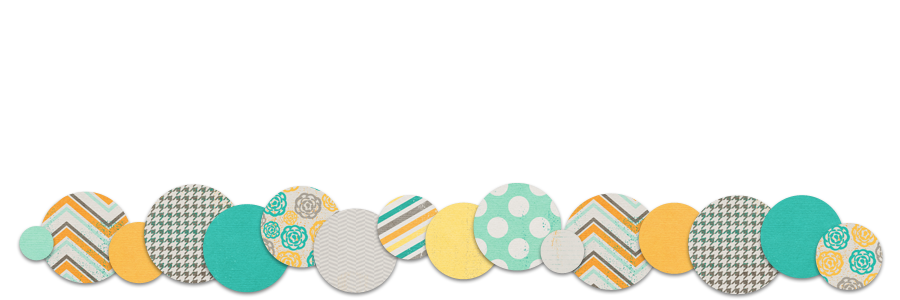The Interview Process.
When I hear those three little words, I go weak at the knees and get butterflies in my tummy.
Every teacher in America has had to go through some form of the interview process with a school district. So I'm just going to say what everyone else is thinking: interviewing is terrifying.
I haven't met a person who hasn't gotten nervous going into an interview where they wanted the job.
The process can be grueling, frightening, and just plain awful.
But it doesn't have to
always be that way.
I just had the opportunity to interview 8 times for five different elementary schools.
Skype interview, phone interview, one-on-one interview, panel interview, grade level team interview....you name it - I've done it within the past two months!
You see, I absolutely love my current school. I wouldn't trade it for the world. I am supported by my admin, have great teacher friends, and love teaching my students, BUT it is time to move on.
My husband (finally) graduated with his masters degree and has accepted a job offer in a different city. Where the husband goes, the wife goes too. I am sad to leave what I call home but am excited about what lies ahead. A bitter sweet goodbye.
After over two months of interviews, I have come out on the other side alive and well and will be teaching at my dream school.
How did I do it?
Lots of patience, perseverance, and pinto noir.
I know that some of you might be in the middle of the hunt, and others might be just getting started.
I want to offer some helpful tips I picked up along the way. Let me be the first to say, I had no idea what I was doing when I started this whole process, but boy-oh-boy I have learned a LOT!
Back story: The last time I was job hunting, was also my first time job hunting. I was fresh out of college, with a teaching certificate, but had no clue what to look for in a school. I had three interviews and took the first offer I was given. That school that gave me plenty of sunshine and water to help me grow as an educator. I was lucky. But the point of this back story is for you to know that: it's been a while. And I'm pretty sure the interview process has changed DRASTICALLY within the last five years. Yes, I applied online, but the application process was much more simple. Times are a changin'

Tip #1: Change your frame of mind.
You are interviewing the principal and teachers just as much as they are interviewing you.
This mindset eased so much of my nervousness as I went into the interview.
Ask questions! And lots of 'em! You will be able to tell what the climate and culture of the school is like within the first few minutes of the interview. If it's not a school that fits with you and your teaching style, don't be afraid to say adios!
Here are a few questions I found very helpful in determining if the school was a good fit for me:
- What are you most proud of about this school?
- What do you wish to improve about this school?
- How do you work together as a team, and what does that look like on a daily basis?
- Would you tell me about your parent involvement?
- What is your staff retention rate?
- What technology do you have available for teachers?
- What is the average class size?
- How does the administration invest and support its teachers?
- As a principal, how would you describe your leadership style?

Tip #2: Research the school.
It's easy to go online and spend a few minutes looking at the school website, TEA reports, and Campus Improvement Plans. You will find a lot of information that will be helpful in guiding you while you generate questions. Always read the schools mission statement and see if it aligns with your teaching as well.
Tip #3: Dress to impress.
Odds are, you will be feeling nervous as the interview starts. Wear something professional that you feel good in. Even if you know the school has a more casual dress code, dress business professional. I have noticed that when I am dressed up and looking my best, I feel confident as a professional. We want this mindset every time, so save your cute chevron and your blue jean jacket for
after you get the job. If you are unsure, look
here.
Tip #4: Prepare your answers for possible questions they may ask.
Here's the scoop on interviews after my 8.
They will all be different. Not one interview I had was the same. And I interviewed at three schools within the same district. Some were strictly formal, others were more laid back. Some involved only the principal, others involved the entire grade level team and administration together.
But the one thing that all eight interviews had in common were the types of questions that were asked of me.
Hands down, the first questions that I was asked at ALL eight interviews was along the lines of "Tell me about yourself."
If you have prepared for this question, your interview will be off to a great start.
Here were some other common questions that came up during my interview process:
- What are your strengths and weaknesses as a teacher?
- How would you describe your classroom management style?
- How do you collaborate with other teachers?
- How do you handle conflict?
- What do you need from your administration?
- What do you need from your grade level team?
- How do you communicate with parents?
- How do you differentiate instruction for all learners?
- What ways to you assess your students?
- How do you use data within your classroom?
- What experiences have you had with students with special needs or learning disabilities?
- How will you integrate technology into your classroom?
- Tell me about your best lesson this year.
- Tell me about a lesson that you wish to improve upon.
- Do you have any additional information you would like for us to know?

Tip #5: Practice makes perfect.
Your fifth interview will go better than your first because you have more experience interviewing. If you want your first interview to go well, practice practice practice! Your first interview will go better if you practice answering some questions in front of someone.....anyone......it could be your dog.....or a mirror. Saying it out loud helps you to organize your thoughts and answers.
I hope these tips help!
Do you have any other advice or tips? Let me know in the comments below what you think is the best tip in order to hear the principal say:

Good luck.




















